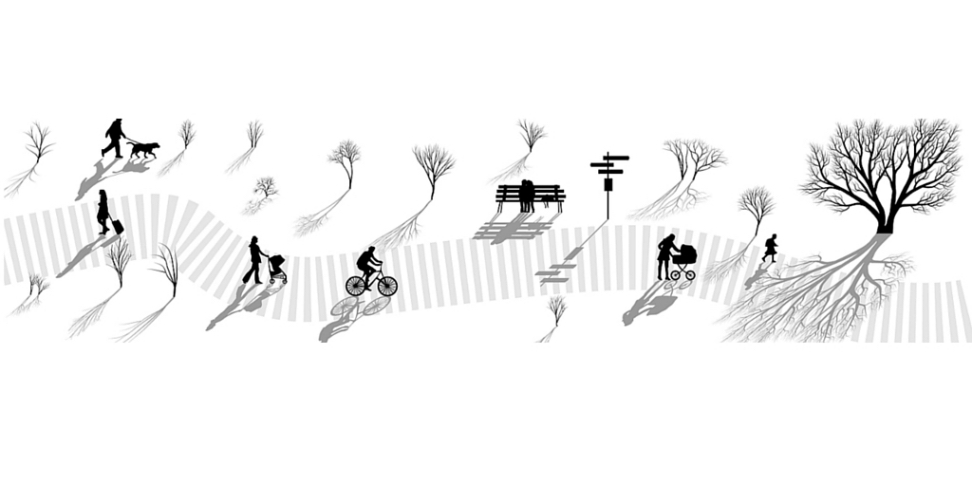Continuity vs. sustainability
Reinventing to survive
2007 seems to be the year that those who spent years on sustainability [environmental] and seemed to get very little public attention have finally been given a small thank you for their efforts. The spotlight is on climate change.
To sustain a business over changes in people inside and outside the organization, cultures, visions, technologies, competitive moves is not currently included in the ‘sustainability’ discussion but is part of the bigger picture. The business world talks about business continuity. What is not often obvious in the articles about business continuity is how companies go about that. The books “Good to Great” and “Built to Last” by Jim Collins et al provide examples and conclusions …. It is not clear though that those provide a utopian model to business. There is not yet a model, which provides an element of ‘guarantee’ for sustained existence over decades and perhaps centuries.
I could site Nokia as an example to learn something from. It was NOT a mobile phones company in 1865 when it was founded. But the story is perhaps well known. It is easy to downplay the fact that the executive and the board of the company completely changed the company’s industry many times over the last 140 years. It transitioned in stages always meaningful somehow to the old world and yet looking into a new horizon. The journey from a paper and pulp company to mobile phones is not obvious, even in hindsight let alone foresight.
From a business continuity point of view this means that real people made real decisions to go where no man had gone before, or just gently slid into expansions over time, which seemed rather natural extensions to the previous business, industry and model. Often both dramatic and smooth transitions are necessary for a company to survive over a long time. These move the company from the nurturing comfort of ‘others like us’ to ‘we’re going to have to figure this out for ourselves’.
It is odd then that the business schools have been teaching so many theories of business continuity, which really at some point kill the goose. Benchmarking [navel gazing], market research [quantified, history], competitive analysis [more navel gazing], etc
My tweets
Posts on…





